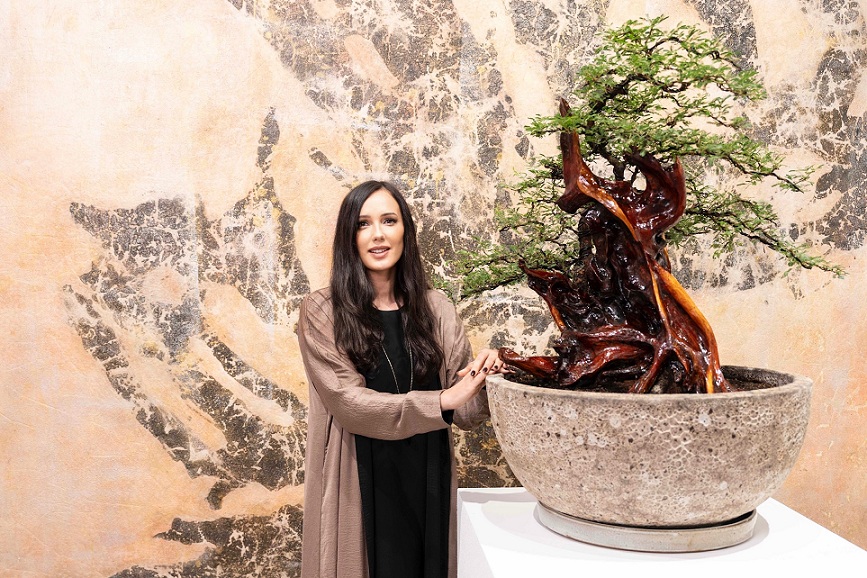Women hold onto things—emotions, memories, pain—sometimes for years. Trauma has a way of sticking with them, quietly shaping how they move through life. And finding the right kind of support to deal with all that isn’t always easy. That’s why Dr. Kasia Sterriker, an environmental artist and bonsai art therapy expert, launched a pilot program to help women recovering from trauma. Using bonsai cultivation as a form of therapy, she’s offering a way to heal that’s as unique as it is powerful.
Dr. Kasia’s approach starts with something simple: the belief that nature and art can heal. Bonsai, the delicate care of miniature trees, requires focus, patience, and a connection to something living. For trauma survivors, it mirrors their own healing journeys—small, intentional steps toward growth. “It’s about creating space for self-compassion,” Dr. Kasia says. “Caring for something outside of yourself teaches you to care for what’s inside, too.”
The pilot program itself is straightforward but intentional. Participants gather in peaceful, outdoor spaces where they can connect with nature. Each workshop begins with a guided meditation, helping the women ground themselves and set intentions for the day. This quiet moment becomes a foundation—a safe place for reflection and connection. As the women share their stories, Dr. Kasia gently facilitates them, creating a supportive environment where they can explore their emotions.
Then, the hands-on work begins. Each participant is given their own bonsai to shape and nurture. The process of trimming branches, adjusting roots, and balancing the tree mirrors their inner work. “When you care for a bonsai, you learn to embrace imperfections,” Dr. Kasia explains. “It’s not about creating something perfect. It’s about working with what’s there and helping it thrive.”
The act of tending to these miniature trees becomes a kind of metaphor. The women learn that growth takes time and care, both for their bonsai and for themselves. Pruning becomes a lesson in letting go. Shaping the tree reminds them of their own ability to adapt. Watching their trees flourish builds a sense of accomplishment—and hope.
What’s most striking is how personal the process becomes for each participant. One woman shared how shaping her bonsai helped her process grief. Another described how caring for the tree made her realize she hadn’t been caring for herself. “It’s like the tree becomes a reflection,” Dr. Kasia says. “It shows you what you need to pay attention to in your own life.”
Beyond the trees, there’s something else happening in these workshops: connection. Trauma often isolates people, but here, the women find community. They support each other, listen, and share experiences. Many participants say this sense of belonging is just as healing as the bonsai work itself.
For many women going through trauma, these aren’t just workshops—they’re lifelines. It’s rare to find programs that blend art and therapy in such a natural way. Dr. Kasia has created something special—something that shows healing doesn’t have to be rushed or linear. It can be small, steady steps forward, guided by patience and care. And for the women in her program, that’s everything.Looking ahead, Dr. Kasia hopes to expand the pilot program. She sees potential to reach more women, helping them rediscover their strength through the quiet power of bonsai therapy. If you want to see more of Dr. Kasia’s work or learn about her projects, follow her on Instagram at @dr_kasia_sterriker. You can also visit her website, www.drkasiasterriker.com to explore her incredible journey.

